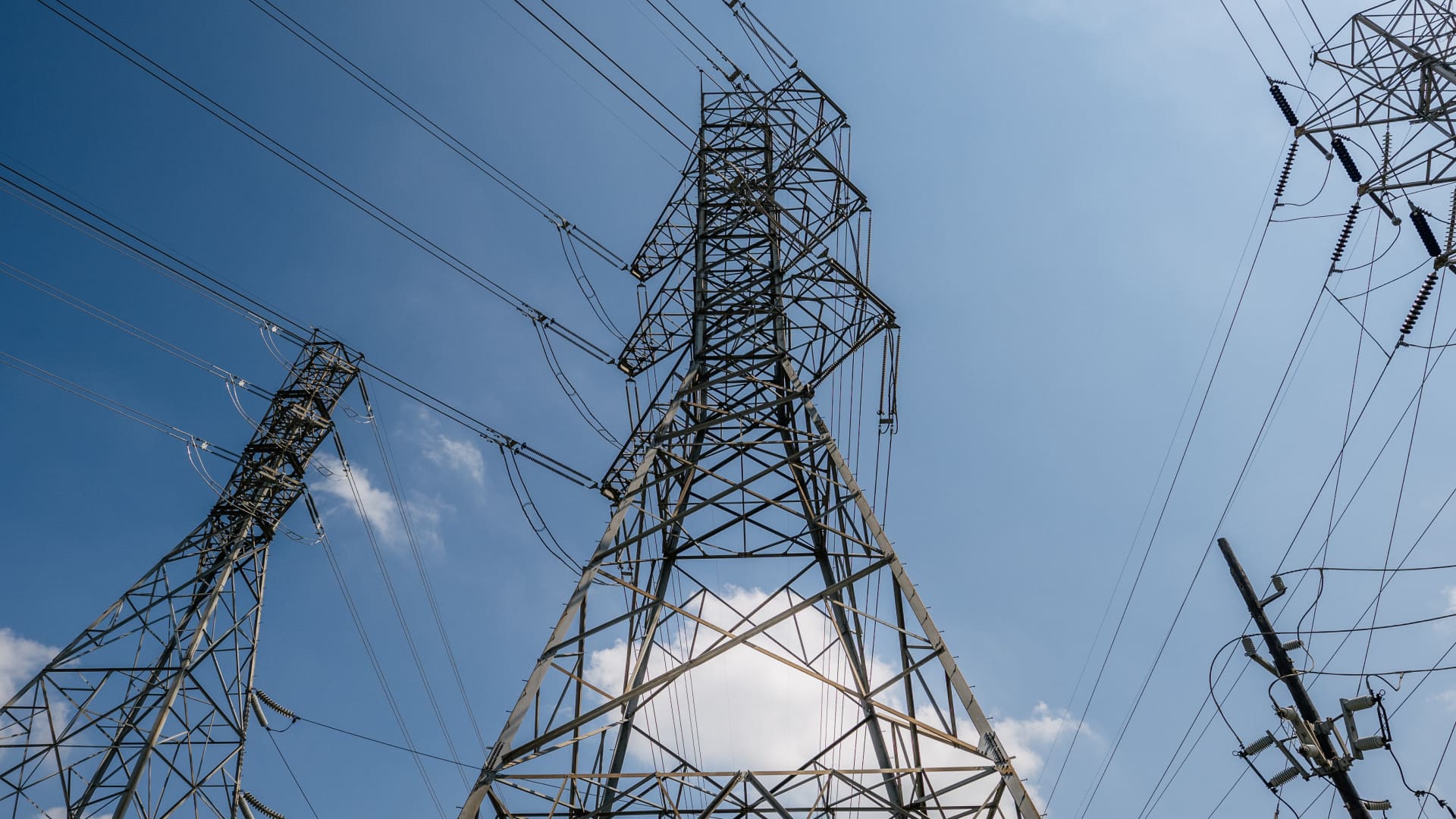What is GWh?
Gas causes global warming when it escapes as methane in the air and when it is burned.
Stupid to build gas generators. Better to invest the money in renewables and storage.
You can build as much renewable and storage as you need.
GWh is energy. My point is that if you have 100GW of gas generators that never produce a GWh there is no emissions. Even if Texas built wind, solar and storage at full tilt for ~20 years they still won't have the capacity to keep the lights on with renewables and storage alone if 2/21 repeats.
Makes a lot more sense to spend $10B on gas turbines then invest $190B those gas turbines saved you during a cold snap in more wind, solar and storage. The lights have to stay on and that's not the job of wind or solar.



